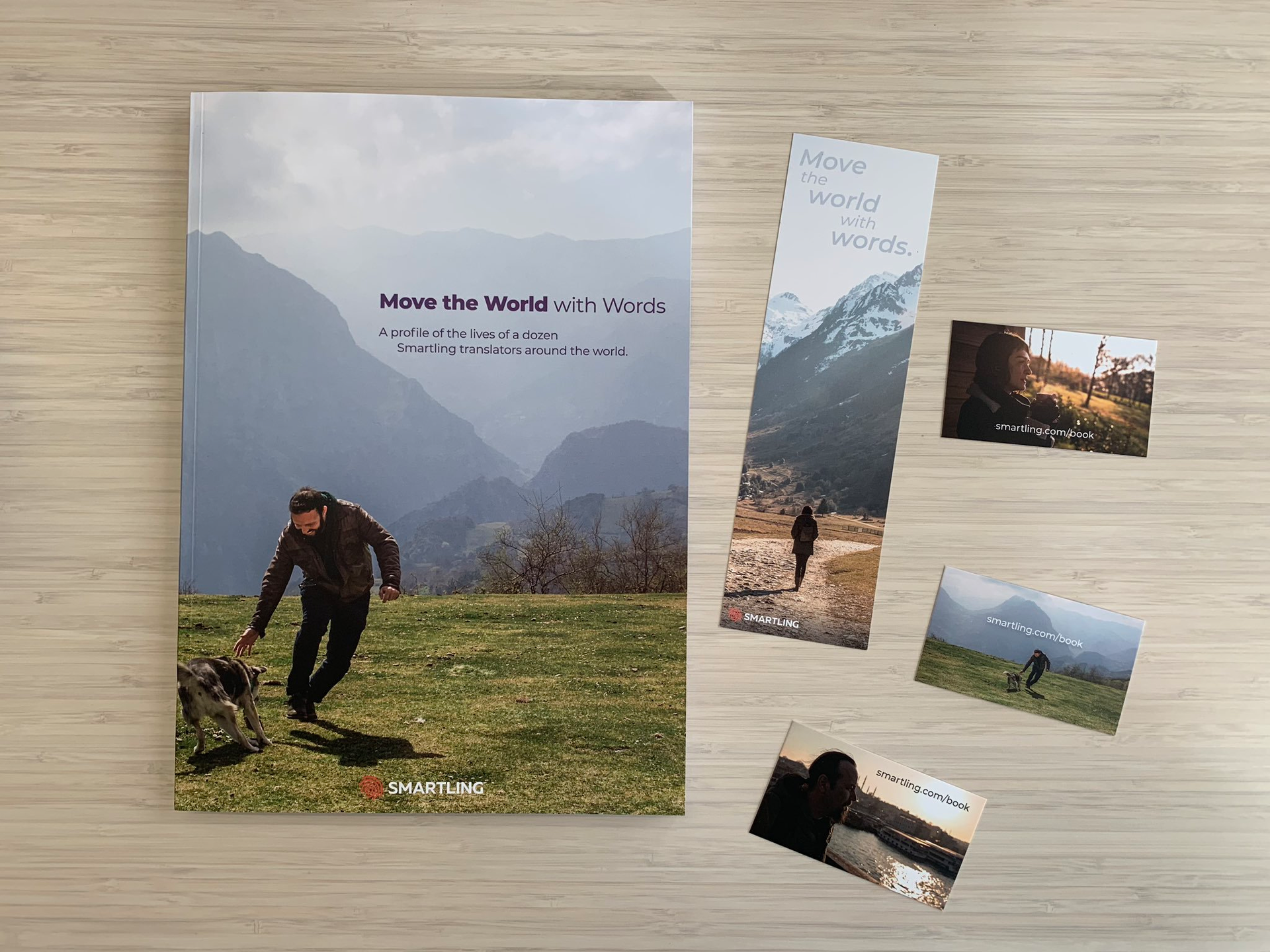Translation technology has become a must-have for businesses with a global digital presence. Keeping countless web pages fully up-to-date in local languages requires a mix of machine translation and fast-response human translation. Smartling is a leading vendor in the space, and it’s recently chosen to emphasize people over automation with its Move the World With Words project, which profiles some of the freelance translators who work for Smartling around the globe.
I got on the phone with Daniel Gonzalez, an English-Spanish translator for Smartling, based in Asturias, Spain, for an insider view of the digital translation game.
First, I asked him about his journey to Smartling. “I’ve worked as a freelance translator for around six and a half years now. My first job after university involved both translation, and international sales and marketing, so that’s how I started with what today is one of my specializations, marketing. After that, I worked in-house at a hotels booking site as a translator. In 2013, I started as a freelance translator, working mainly for VerbalizeIt, which then became part of the Smartling group of companies.” Gonzalez works primarily in translating between English and Spanish, but can tackle Italian as well.
Gonzalez is an editor as well as a translator. He’s often the final pair of eyes on copy translated by others before it goes live. Here’s how he differentiates the experience of being a Smartling translator from working with other platforms: “First is the preview. You can basically see the content [as if it was] live. For example, if I receive a sentence on its own, there are sometimes many different meanings those words could have. Some content goes on a button, and without the preview you might not know that, and it might affect the translation. Being able to see the content on the website makes my life so much easier as a translator. It saves all the back and forth with the client, answering questions.”
The second advantage of the Smartling platform is that it allows direct contact with the client. “Even with the preview, I might have questions about the content or the style. I can open a question directly, with a direct link to the specific content, and the client can reply directly in the platform.” Other translators working for the client can see the Q&A, making duplicate queries unnecessary. It hardly needs to be said that copying query text into an email to the agency, to be passed onto the client for review, would be much less efficient. “It’s faster for the client, and they also get more quality as well.”
I asked if Gonzalez typically did repeat work for the same Smartling clients, or had assignments from many different clients. “We all have our own set of clients. New clients arrive from time to time, and then they get assigned to translators and editors who have expertise on that specific area. The more you know the content, the better you are at it; and the more you get to know the client, their style, and their brand image, the better we can reflect that in the language.”
Translation isn’t just about words. It’s about translating between cultures, which requires a sensitivity to what’s appropriate to various audiences. After all, Spanish is spoken globally, and by very different cultures. “I think that’s one of the most important but under-rated skills of a translator. There’s a lot of talk about machine translation, but it’s very easy to forget this aspect. Translation is about knowing what’s culturally appropriate, and knowing the intention of the source text. For example, if it has some humor or some irony, it’s important to capture that. English is an amazing language for playing with words. Sometimes you need to think, this doesn’t work in Spanish; can I find a different wordplay? —
or is there another way I can convey the same intention?”
Do you know the audience you’re translating for? “I always receive some information about the potential audience — if it’s for executives, end users, young people — which helps me paint a picture of who I’m speaking to. Also Spanish has two forms, one formal and one informal, which will make the verbs change, so I really need to know the level of formality required.”
What are the days and weeks like for someone in this role? “I’m working fairly long hours, which changes from day to day. The length of time a text takes t translate is not directly related to the length of the text. Sometimes you have a very long paragraph that flows well; you can translate it much faster than loose words —
for an app, for example —
and you would need to look very closely at where these words go. Fifty words might take more time than 250 words.”
Finally, is there a community of Smartling translators. Do you know each other? “Many of us know vaguely the names of each other, because in the Smartling platform, if I open an issue, all the other translators for that client will be able to see it. When Smartling approached me about this project, I thought it was a different way of looking at what is quite an invisible industry. Smartling could focus on their technology, but the fact they decided to focus on us translators definitely brought a sense of togetherness and pride. At the book launch in London, I had the honor of meeting Oana, a French translator, and that was the first translator I met in person out of the Smartling community.”








